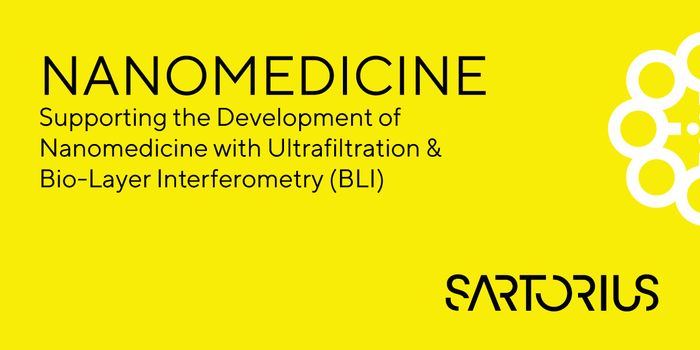Bringing ALS to Life: What You Need to Know
The ALS Ice Bucket Challenge was a success, raising over $115 million for research and patient services, but what’s next? While the challenge increased awareness for the disease worldwide, do you really know what ALS is? Amyotrophic Lateral Sclerosis is a progressive neurodegenerative disease that causes motor neuron cell death, leaving the body to lose muscle control of vital functions and eventually killing the patient.
In order to continue the support for ALS research and funding efforts, it is imperative that people know what the disease is, how it is caused, and what effects it has on a person. In healthy people, motor neurons, cells in the spinal cord and brain, control voluntary muscles. In people with ALS, these motor neurons break down, causing the nerve signal that reaches the muscles gets weaker over time. Since electrical signals from the nerves normally maintain muscle mass, the affected muscles shrink and degenerate as these signals decrease.
Amyotrophic lateral sclerosis is a terminal illness. Fifty percent of patients die within 3 years of diagnosis; 20 percent live 5 years; and 10 percent live 10 years. The research community has been working to develop new and innovative therapies for ALS, including antibody therapeutics to protect nerves against progression of the disease. These new therapies are giving hope to those with the disease and to the medical community that ALS could actually be curable.
"Copy + Paste" the code below to embed this infographic into your website.









